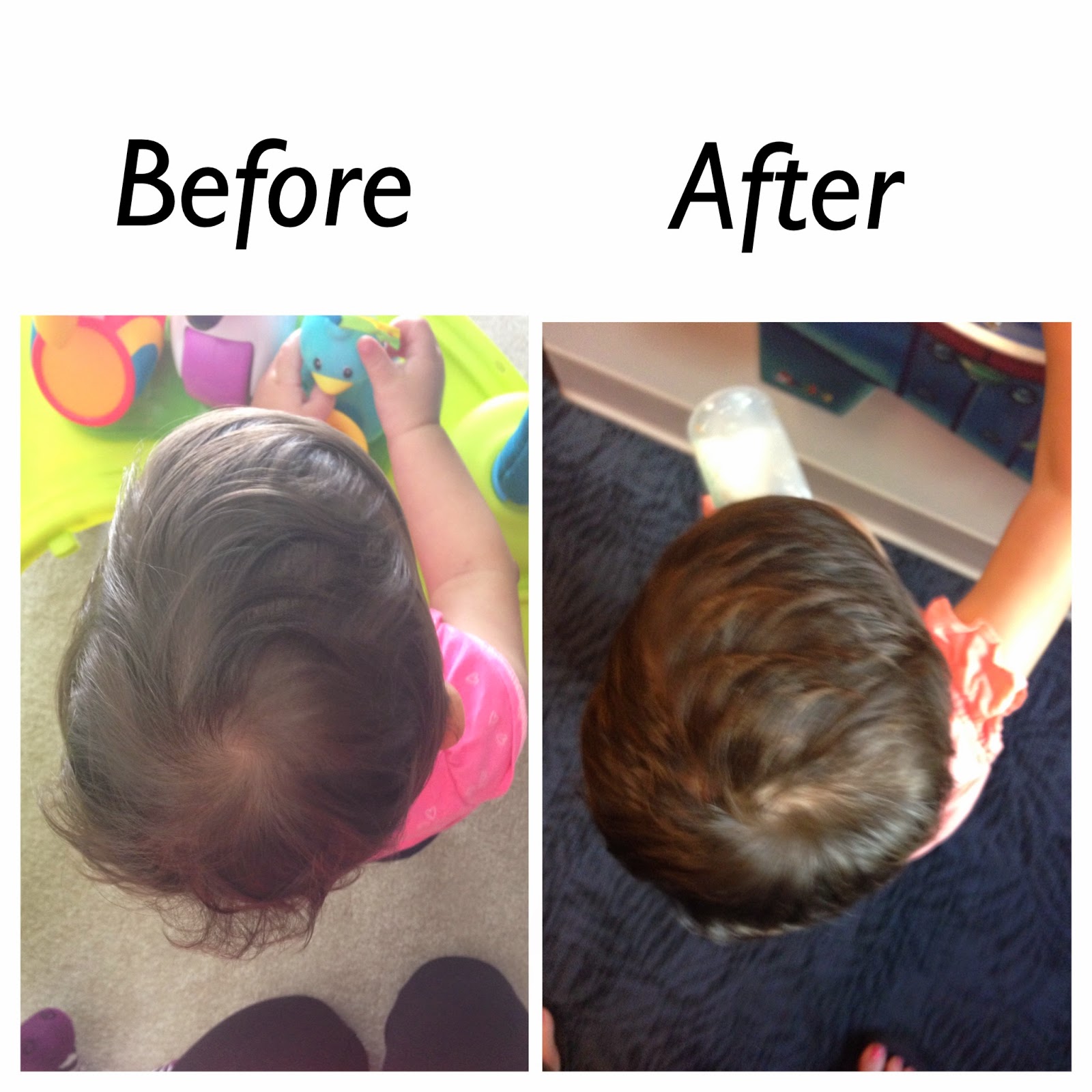What is Craniosynostosis?
"The normal skull consists of several plates of bone that are separated by sutures. The sutures (fibrous joints) are found between the bony plates in the head. The function of the suture is to allow molding through the birth canal and adjustments for the growing brain. As the infant grows and develops, the sutures close, forming a solid piece of bone, called the skull.
Craniosynostosis is a condition in which the sutures close prematurely, causing problems with normal brain and skull growth and premature closure of the fontanelles (soft spots). Premature closure of the sutures may also cause the pressure inside of the head to increase and the skull or facial bones to change from a normal, symmetrical appearance.
What are the symptoms? The most common sign of craniosynostosis is an oddly shaped head at birth or by the time the child is a few months old. For example, the skull may become long and narrow. Or it may be very flat and broad in front or back or on the sides. This oddly shaped head may be the only sign of craniosynostosis.
In rare cases, the deformity causes pressure to build up on the baby’s brain. This can cause brain damage and can make the baby develop more slowly than other children."
My daughter was born with Sagittal. To see pictures of her before and after surgery click here
"Sagittal Craniosynostosis is the most common type of Cranioysnostosis (40%-58% of all cranio cases) and effects more males than females. Early closure of the sagittal suture results in scaphocephaly. Infants will often have a protruding forehead, an elongated head, and protruding at the back of the skull."
"Coronal Craniosynostosis is the second most common form of Craniosynostosis and effects mostly females. Coronal synostosis may occur on either side or may be bilateral. Infant will often have an elevation of the eye socket, flattening of the ridge of the eye and displacement of the nose on the affected side."
"Metopic synostosis is the third most common form of Craniosynostosis and is associated with trigonocephaly with a
male preponderance. The metopic suture is located between the soft spot and the nose. Early closure of this suture results in trigoncephaly. Infants will often have a prominent ridge down the middle of the forehead, a pointed forehead, and eyes that seem too close together."
"Lambdoid Craniosynostosis is one of the most rare type of Craniosynostosis. Most cases of lambdoid craniosynostosis
are unilateral and result in asymmetric posterior
plagiocephaly that needs to be differentiated from positional
plagiocephaly."
My daughter was born with Sagittal. To see pictures of her before and after surgery click here
"Sagittal Craniosynostosis is the most common type of Cranioysnostosis (40%-58% of all cranio cases) and effects more males than females. Early closure of the sagittal suture results in scaphocephaly. Infants will often have a protruding forehead, an elongated head, and protruding at the back of the skull."
"Coronal Craniosynostosis is the second most common form of Craniosynostosis and effects mostly females. Coronal synostosis may occur on either side or may be bilateral. Infant will often have an elevation of the eye socket, flattening of the ridge of the eye and displacement of the nose on the affected side."
"Metopic synostosis is the third most common form of Craniosynostosis and is associated with trigonocephaly with a
male preponderance. The metopic suture is located between the soft spot and the nose. Early closure of this suture results in trigoncephaly. Infants will often have a prominent ridge down the middle of the forehead, a pointed forehead, and eyes that seem too close together."
"Lambdoid Craniosynostosis is one of the most rare type of Craniosynostosis. Most cases of lambdoid craniosynostosis
are unilateral and result in asymmetric posterior
plagiocephaly that needs to be differentiated from positional
plagiocephaly."
If you are interested in learning more about the CranioCareBears organization please click Here
Another great resource is www.cappskids.org
If you would like your Cranio story featured here on my blog please email me at BeautyAfterBaby@gmail.com
If you use Facebook and you are looking to connect with other families who have this condition please check out the craniokids-craniosynostosis support page by clicking this link https://m.facebook.com/groups/181511396904?ref=m_notif¬if_t=group_comment
To view all my blog posts click here



Comments
Post a Comment